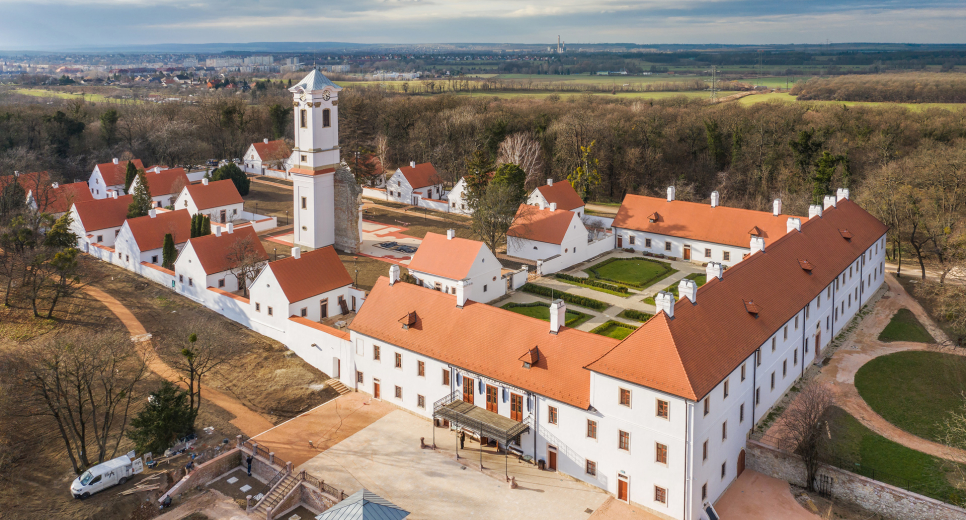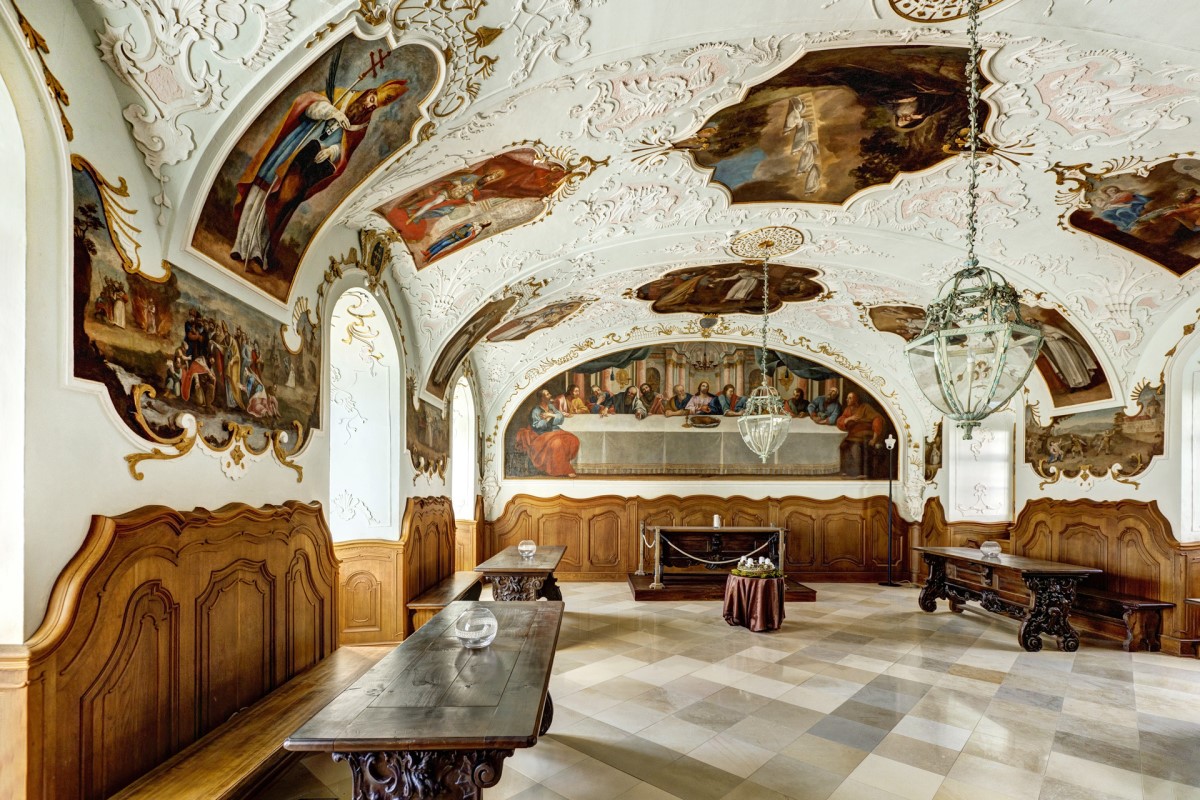Calvary Chapel - Tata
The medieval village of Szentiván is located around the Calvary Hill today. A three-naved parish church, built in the 14th century, was located on this hilltop. The patron saint of the temple was named after the village patron - Saint Ivan, ie John the Baptist. The foundations of this former building with its founding walls and pillars separating the main nave from the aisles clearly visible in the foreground of today's chapel. On the Calvary Hill in Tata, you will find this small chapel, a 40-meter-high shot-tower, still operating as a viewing tower and a geological museum. The memory of Jakab Fellner, who plays a major role in the development of the Baroque cityscape, is guarded by a chapel named after him, and the Calvary group of statues, which is the work of Antal Schweiger, is located nearby.



